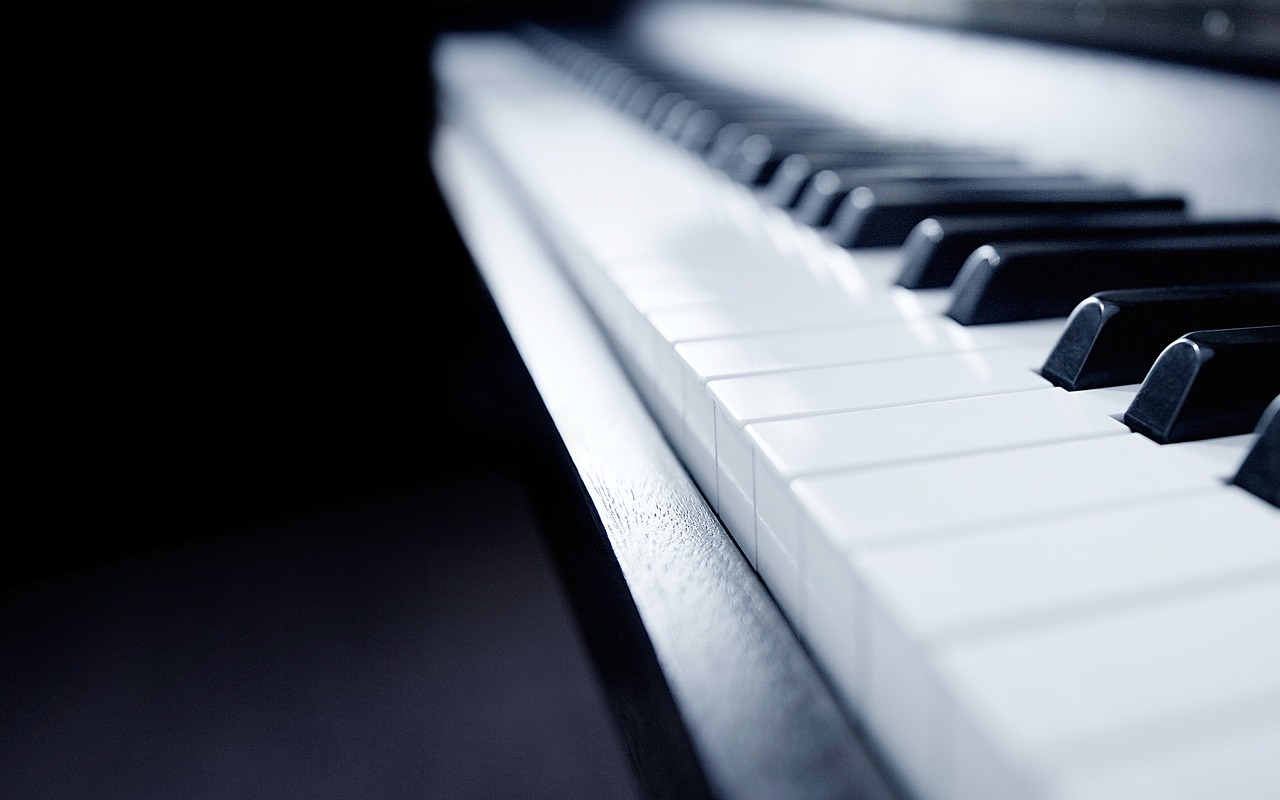The whole Moog Modular system used a 900 series components. The majority of them were developed by Robert Moog alone and are still unbeatable. These series is what defines the sound of Moog. On the top compartment of this original Moog Modular series like the early ones, resides two giant 8 step sequencers of 3 parts.
The modules and waveforms of Moog Modular
There are two banks of 4 very moogy VCOs (Voltage Control Oscillators) are apparent, but their number varies based on the models and your customisation. It can vary from 3 to 10 oscillators. Each of these oscillators range from somewhere from 0.1 Hz to 15 KHz. You have an octave knob, tuner, and ports for waveforms. You have waveforms like Sine, Triangle, Rectangular and Sawtooth. Each of these oscillators can be controlled via a master controller for these oscillators. Of course, you are also able to provide modulation to these. With the earliest oscillators, the tone was superb but it often was prone to drift and would go out of tune so much. This was fixed, with a stable version of 921 series modules.
With this original one, there is no dedicated LFO but one VCO with such a model as 901/921. This one can be patched to various components of your choice. LFOs (Low frequency oscillators) are used to modulate sound like the effect of tremelo, vibrato or other wiggly sounds.
The filter of Moog Modular
This VCO has a rate of 0.1 Hz which can easily be used as a LFO. Another common use case of an LFO is to provide dynamic tonal quality to your sound by patching up with a filter. In terms of a filter, Moog is most notable for its signature 24db filter. The whole notion of legendary Mooginess lies in its filter. Moog has a very distinct sounding filter that none other can replicate the exact same filter and the most prominent one is 904A. This one was engineered back then and that is it. No amount of modern technique could top that and therefore still used in today modern Moog.
There are additional modules like High Pass filters as well.
Other features of Moog Modular
There are equalizers which you use all so well to give your sound more shapes with the comfort of the Moog itself without maintaining the mixer and Moog simultaneously. You can still do so.
There are noise generators, one of them is pink and another one is white. There is also convenient modules like series of audio mixers to give you more control over your sound. A control voltage processors and of course the power supplies. All of the Moog systems have a feature of remote keyboard controller. You can also add two or more keyboards to it. Typically, a 49-note keyboard was used and a 61-note keyboard came with the giants.

